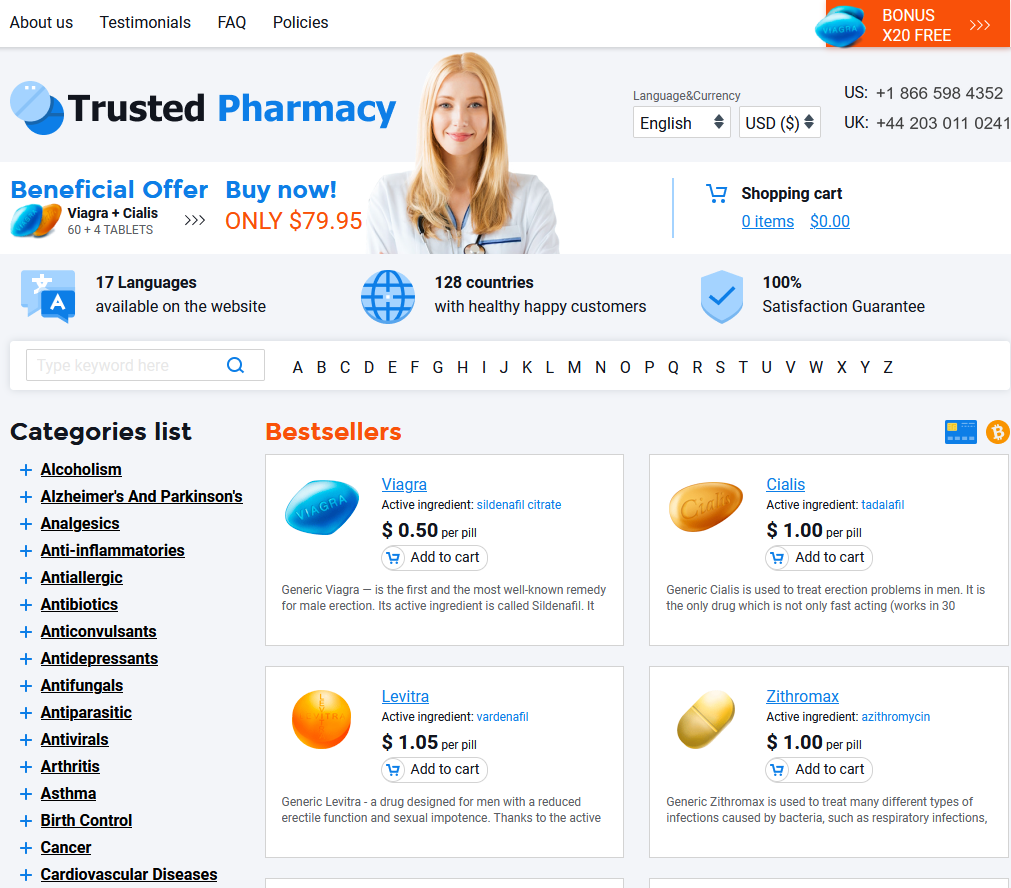|
 The Connection between Estradiol and Bone Health
The Connection between Estradiol and Bone Health
Understanding Estradiol: Key Hormone for Bone Health
Estradiol, a naturally occurring hormone in the body, plays a pivotal role in maintaining bone health. Often compared to a vital elixir, it's more than just a compound medication affecting only reproductive systems. Rather, estradiol influences calcium absorption and regulates bone tissue turnover, ensuring that bones remain robust throughout various life stages. This hormone acts like a potent script that's crucial in the biochemical dance of bone maintenance and regeneration. | Key Component | Function in Bone Health |
|---------------|--------------------------|
| Estradiol | Regulates calcium absorption and bone turnover | A lack of adequate estradiol can lead to a decline in bone density, raising the risk of fragility and fractures.
How Estradiol Influences Bone Density and Strength

Estradiol plays a pivotal role in the regeneration and preservation of bone density. This hormone ensures that the bone matrix remains robust and adequately mineralized, acting almost like a 'script' for maintaining structural integrity. When estradiol levels dip, bone resorption can occur more rapidly than bone formation, leading to compromised bone strength. This imbalance increases the risk of fractures and bone diseases. Stat interventions, often through hormone therapy, can help restore estradiol levels, but individuals must follow the sig provided by healthcare professionals carefully. Estradiol's influence on bone health underscores the importance of routine checks, akin to a regular 'meds check' at your pharmacy, for both bone density and hormonal balance. Its effects are especially pronounced during periods of hormonal fluctuations, such as menopause, stressing the need for timely intervention to manage bone health effectively. Without proper estradiol levels, the delicate balance between bone breakdown and formation skews, often resulting in net bone loss, much like an 'insurance reject' deprives one of necessary resources. The mechanism by which estradiol nurtures bone health involves regulating the activity of osteoclasts and osteoblasts—cells responsible for bone resorption and formation, respectively. This hormonal 'cocktail' ensures that bone remodeling processes remain in harmony. It is crucial for individuals, especially those facing hormonal changes, to take a proactive stance in managing their health, leveraging tools like regular bone scans and consultations, which a proactive pharm tech might endorse, to ensure their skeletal system remains robust and resilient.
Estradiol Deficiency: a Hidden Risk for Osteoporosis
Estradiol is a crucial hormone for maintaining bone health, and its deficiency can silently pave the way for osteoporosis, a condition featuring brittle and fragile bones. The absence of adequate estradiol fails to effectively signal the bone-forming cells, leading to decreased bone density over time. Without the "sig" of proper hormonal balance, bones may deteriorate, increasing fracture risk. Many overlook this risk as bones silently weaken. Addressing estradiol deficiency becomes imperative, much like ensuring a "Fridge Drug" is kept cool to preserve its efficacy. Early detection and intervention can help guard against this hidden danger, akin to maintaining a "Clean Room" for safeguarding health.
Gender Differences: Estradiol’s Impact on Male and Female Bones

In the realm of bone health, estradiol plays a pivotal but differing role in men and women. For women, estradiol is like a protective elixir, supporting bone density, especially during reproductive years. However, a decline in estradiol post-menopause can lead to increased risks, prompting a hard copy of osteoporosis concerns. On the other hand, while men produce lower levels of estradiol, it still impacts bone health; any implication of a deficiency might be less pronounced but not negligible. Understanding these hormonal differences drives the Script for personalized healthcare strategies.
Lifestyle Factors Modulating Estradiol and Bone Health
In the intricate balance of hormone levels, maintaining optimal estradiol is crucial for bone health. One's lifestyle plays a significant role in this complex equation. Regular physical activity, particularly weight-bearing exercises, functions much like a “Drive-Thru” for bones, rapidly enhancing bone density and strength. Meanwhile, nutrition is vital, acting like a "Bubble Pack" of protective nutrients—ensuring adequate intake of calcium and vitamin D, alongside balanced macronutrients, helps sustain proper estradiol levels. However, certain lifestyle choices can act like a "Ghost Tablet," present but ineffective. For instance, excessive alcohol or caffeine consumption might impede estradiol production, influencing bone health adversely. Stress management is equally essential; chronic stress hormones can compromise estradiol levels, akin to a "Red Flag" that signals potential long-term damage. Altering these habits may offer significant dividends for supporting bone resilience over time.
| Factor |
Influence on Estradiol & Bone Health |
| Physical Activity |
Enhances bone density |
| Nutrition |
Supports hormone balance |
| Alcohol/Caffeine |
May reduce hormone levels |
| Stress Management |
Prevents hormone imbalance |
Future Directions: Estradiol in Bone Health Research
Research on estradiol and bone health is gaining momentum with intriguing possibilities on the horizon. One exciting avenue is the development of a new compound medication, aiming to mimic estradiol's positive effects on bone density while minimizing side effects. Additionally, advancements in genetic screening might soon enable personalized prescriptions tailored to individual needs, potentially bypassing current "one-size-fits-all" limitations. Moreover, the integration of technology in medicine promises immediate monitoring of hormonal impacts through wearable devices, offering real-time data that could stat enhance our understanding of estradiol’s role in bone regeneration.
|